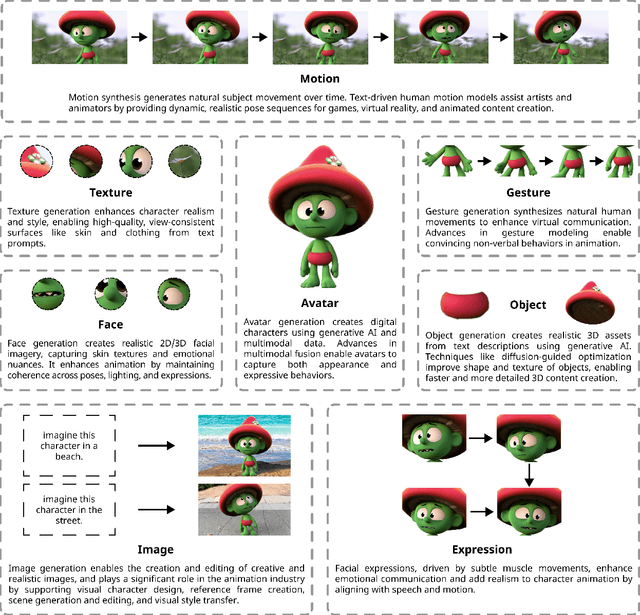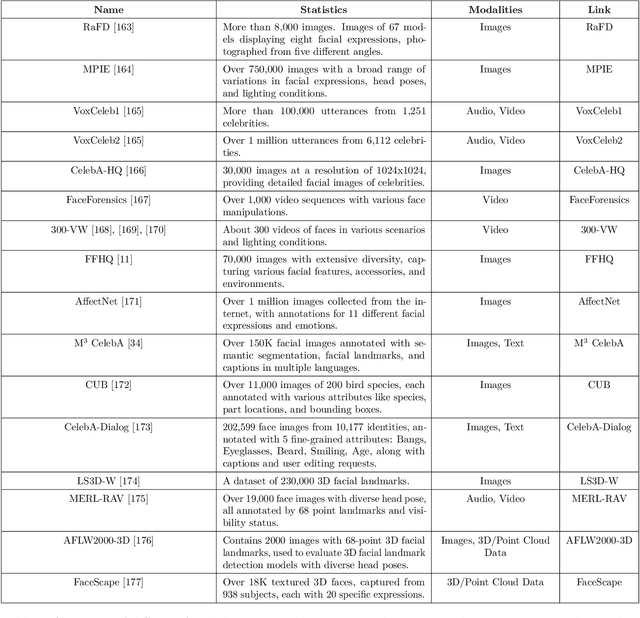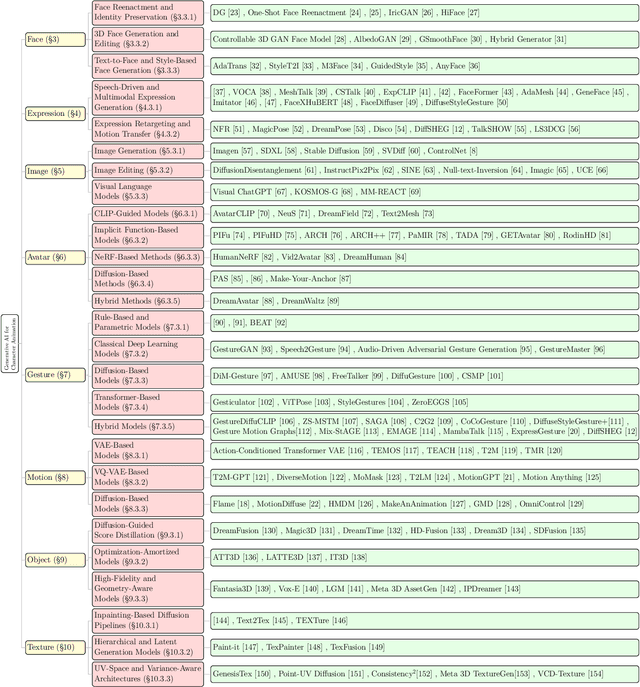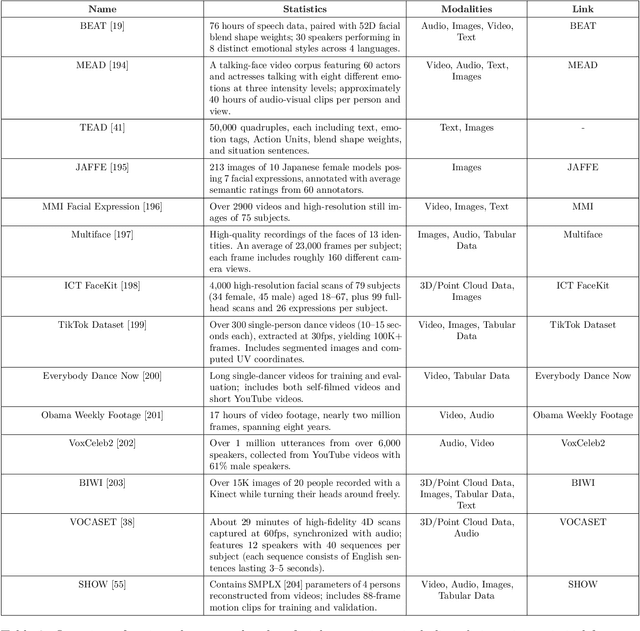Hamid R. Rabiee
AI-Med Group, AI Innovation Center, Sharif University of Technology, Tehran, Iran, DML Lab, Department of Computer Engineering, Sharif University of Technology, Tehran, Iran
FIRE: Faithful Interpretable Recommendation Explanations
Aug 07, 2025Abstract:Natural language explanations in recommender systems are often framed as a review generation task, leveraging user reviews as ground-truth supervision. While convenient, this approach conflates a user's opinion with the system's reasoning, leading to explanations that may be fluent but fail to reflect the true logic behind recommendations. In this work, we revisit the core objective of explainable recommendation: to transparently communicate why an item is recommended by linking user needs to relevant item features. Through a comprehensive analysis of existing methods across multiple benchmark datasets, we identify common limitations-explanations that are weakly aligned with model predictions, vague or inaccurate in identifying user intents, and overly repetitive or generic. To overcome these challenges, we propose FIRE, a lightweight and interpretable framework that combines SHAP-based feature attribution with structured, prompt-driven language generation. FIRE produces faithful, diverse, and user-aligned explanations, grounded in the actual decision-making process of the model. Our results demonstrate that FIRE not only achieves competitive recommendation accuracy but also significantly improves explanation quality along critical dimensions such as alignment, structure, and faithfulness. This work highlights the need to move beyond the review-as-explanation paradigm and toward explanation methods that are both accountable and interpretable.
Log-Sum-Exponential Estimator for Off-Policy Evaluation and Learning
Jun 07, 2025Abstract:Off-policy learning and evaluation leverage logged bandit feedback datasets, which contain context, action, propensity score, and feedback for each data point. These scenarios face significant challenges due to high variance and poor performance with low-quality propensity scores and heavy-tailed reward distributions. We address these issues by introducing a novel estimator based on the log-sum-exponential (LSE) operator, which outperforms traditional inverse propensity score estimators. Our LSE estimator demonstrates variance reduction and robustness under heavy-tailed conditions. For off-policy evaluation, we derive upper bounds on the estimator's bias and variance. In the off-policy learning scenario, we establish bounds on the regret -- the performance gap between our LSE estimator and the optimal policy -- assuming bounded $(1+\epsilon)$-th moment of weighted reward. Notably, we achieve a convergence rate of $O(n^{-\epsilon/(1+ \epsilon)})$ for the regret bounds, where $\epsilon \in [0,1]$ and $n$ is the size of logged bandit feedback dataset. Theoretical analysis is complemented by comprehensive empirical evaluations in both off-policy learning and evaluation scenarios, confirming the practical advantages of our approach. The code for our estimator is available at the following link: https://github.com/armin-behnamnia/lse-offpolicy-learning.
Fast, Not Fancy: Rethinking G2P with Rich Data and Rule-Based Models
May 19, 2025Abstract:Homograph disambiguation remains a significant challenge in grapheme-to-phoneme (G2P) conversion, especially for low-resource languages. This challenge is twofold: (1) creating balanced and comprehensive homograph datasets is labor-intensive and costly, and (2) specific disambiguation strategies introduce additional latency, making them unsuitable for real-time applications such as screen readers and other accessibility tools. In this paper, we address both issues. First, we propose a semi-automated pipeline for constructing homograph-focused datasets, introduce the HomoRich dataset generated through this pipeline, and demonstrate its effectiveness by applying it to enhance a state-of-the-art deep learning-based G2P system for Persian. Second, we advocate for a paradigm shift - utilizing rich offline datasets to inform the development of fast, rule-based methods suitable for latency-sensitive accessibility applications like screen readers. To this end, we improve one of the most well-known rule-based G2P systems, eSpeak, into a fast homograph-aware version, HomoFast eSpeak. Our results show an approximate 30% improvement in homograph disambiguation accuracy for the deep learning-based and eSpeak systems.
Generative AI for Character Animation: A Comprehensive Survey of Techniques, Applications, and Future Directions
Apr 27, 2025



Abstract:Generative AI is reshaping art, gaming, and most notably animation. Recent breakthroughs in foundation and diffusion models have reduced the time and cost of producing animated content. Characters are central animation components, involving motion, emotions, gestures, and facial expressions. The pace and breadth of advances in recent months make it difficult to maintain a coherent view of the field, motivating the need for an integrative review. Unlike earlier overviews that treat avatars, gestures, or facial animation in isolation, this survey offers a single, comprehensive perspective on all the main generative AI applications for character animation. We begin by examining the state-of-the-art in facial animation, expression rendering, image synthesis, avatar creation, gesture modeling, motion synthesis, object generation, and texture synthesis. We highlight leading research, practical deployments, commonly used datasets, and emerging trends for each area. To support newcomers, we also provide a comprehensive background section that introduces foundational models and evaluation metrics, equipping readers with the knowledge needed to enter the field. We discuss open challenges and map future research directions, providing a roadmap to advance AI-driven character-animation technologies. This survey is intended as a resource for researchers and developers entering the field of generative AI animation or adjacent fields. Resources are available at: https://github.com/llm-lab-org/Generative-AI-for-Character-Animation-Survey.
Epistemic Uncertainty-aware Recommendation Systems via Bayesian Deep Ensemble Learning
Apr 14, 2025



Abstract:Recommending items to users has long been a fundamental task, and studies have tried to improve it ever since. Most well-known models commonly employ representation learning to map users and items into a unified embedding space for matching assessment. These approaches have primary limitations, especially when dealing with explicit feedback and sparse data contexts. Two primary limitations are their proneness to overfitting and failure to incorporate epistemic uncertainty in predictions. To address these problems, we propose a novel Bayesian Deep Ensemble Collaborative Filtering method named BDECF. To improve model generalization and quality, we utilize Bayesian Neural Networks, which incorporate uncertainty within their weight parameters. In addition, we introduce a new interpretable non-linear matching approach for the user and item embeddings, leveraging the advantages of the attention mechanism. Furthermore, we endorse the implementation of an ensemble-based supermodel to generate more robust and reliable predictions, resulting in a more complete model. Empirical evaluation through extensive experiments and ablation studies across a range of publicly accessible real-world datasets with differing sparsity characteristics confirms our proposed method's effectiveness and the importance of its components.
Momentum-based Distributed Resource Scheduling Optimization Subject to Sector-Bound Nonlinearity and Latency
Mar 08, 2025Abstract:This paper proposes an accelerated consensus-based distributed iterative algorithm for resource allocation and scheduling. The proposed gradient-tracking algorithm introduces an auxiliary variable to add momentum towards the optimal state. We prove that this solution is all-time feasible, implying that the coupling constraint always holds along the algorithm iterative procedure; therefore, the algorithm can be terminated at any time. This is in contrast to the ADMM-based solutions that meet constraint feasibility asymptotically. Further, we show that the proposed algorithm can handle possible link nonlinearity due to logarithmically-quantized data transmission (or any sign-preserving odd sector-bound nonlinear mapping). We prove convergence over uniformly-connected dynamic networks (i.e., a hybrid setup) that may occur in mobile and time-varying multi-agent networks. Further, the latency issue over the network is addressed by proposing delay-tolerant solutions. To our best knowledge, accelerated momentum-based convergence, nonlinear linking, all-time feasibility, uniform network connectivity, and handling (possible) time delays are not altogether addressed in the literature. These contributions make our solution practical in many real-world applications.
UPL: Uncertainty-aware Pseudo-labeling for Imbalance Transductive Node Classification
Feb 02, 2025



Abstract:Graph-structured datasets often suffer from class imbalance, which complicates node classification tasks. In this work, we address this issue by first providing an upper bound on population risk for imbalanced transductive node classification. We then propose a simple and novel algorithm, Uncertainty-aware Pseudo-labeling (UPL). Our approach leverages pseudo-labels assigned to unlabeled nodes to mitigate the adverse effects of imbalance on classification accuracy. Furthermore, the UPL algorithm enhances the accuracy of pseudo-labeling by reducing training noise of pseudo-labels through a novel uncertainty-aware approach. We comprehensively evaluate the UPL algorithm across various benchmark datasets, demonstrating its superior performance compared to existing state-of-the-art methods.
Distributed Observer Design for Tracking Platoon of Connected and Autonomous Vehicles
Jan 31, 2025



Abstract:Intelligent transportation systems (ITS) aim to advance innovative strategies relating to different modes of transport, traffic management, and autonomous vehicles. This paper studies the platoon of connected and autonomous vehicles (CAV) and proposes a distributed observer to track the state of the CAV dynamics. First, we model the CAV dynamics via an LTI interconnected system. Then, a consensus-based strategy is proposed to infer the state of the CAV dynamics based on local information exchange over the communication network of vehicles. A linear-matrix-inequality (LMI) technique is adopted for the block-diagonal observer gain design such that this gain is associated in a distributed way and locally to every vehicle. The distributed observer error dynamics is then shown to follow the structure of the Kronecker matrix product of the system dynamics and the adjacency matrix of the CAV network. The notions of survivable network design and redundant observer scheme are further discussed in the paper to address resilience to link and node failure. Finally, we verify our theoretical contributions via numerical simulations.
Fully Distributed and Quantized Algorithm for MPC-based Autonomous Vehicle Platooning Optimization
Jan 31, 2025Abstract:Intelligent transportation systems have recently emerged to address the growing interest for safer, more efficient, and sustainable transportation solutions. In this direction, this paper presents distributed algorithms for control and optimization over vehicular networks. First, we formulate the autonomous vehicle platooning framework based on model-predictive-control (MPC) strategies and present its objective optimization as a cooperative quadratic cost function. Then, we propose a distributed algorithm to locally optimize this objective at every vehicle subject to data quantization over the communication network of vehicles. In contrast to most existing literature that assumes ideal communication channels, log-scale data quantization over the network is addressed in this work, which is more realistic and practical. In particular, we show by simulation that the proposed log-quantized algorithm reaches optimal convergence with less residual and optimality gap. This outperforms the existing literature considering uniform quantization which leads to a large optimality gap and residual.
Cueless EEG imagined speech for subject identification: dataset and benchmarks
Jan 16, 2025



Abstract:Electroencephalogram (EEG) signals have emerged as a promising modality for biometric identification. While previous studies have explored the use of imagined speech with semantically meaningful words for subject identification, most have relied on additional visual or auditory cues. In this study, we introduce a cueless EEG-based imagined speech paradigm, where subjects imagine the pronunciation of semantically meaningful words without any external cues. This innovative approach addresses the limitations of prior methods by requiring subjects to select and imagine words from a predefined list naturally. The dataset comprises over 4,350 trials from 11 subjects across five sessions. We assess a variety of classification methods, including traditional machine learning techniques such as Support Vector Machines (SVM) and XGBoost, as well as time-series foundation models and deep learning architectures specifically designed for EEG classification, such as EEG Conformer and Shallow ConvNet. A session-based hold-out validation strategy was employed to ensure reliable evaluation and prevent data leakage. Our results demonstrate outstanding classification accuracy, reaching 97.93%. These findings highlight the potential of cueless EEG paradigms for secure and reliable subject identification in real-world applications, such as brain-computer interfaces (BCIs).
 Add to Chrome
Add to Chrome Add to Firefox
Add to Firefox Add to Edge
Add to Edge